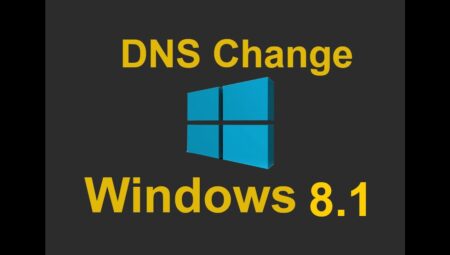How to Establish a Digital Workplace?
The digital workplace is the new norm. The pandemic made this happen; companies have realized that working from home is viable as a business model. As a result, by 2022, 25% of the workforce will work from home and approximately 45% will work a hybrid schedule.
So how to set up a digital workplace? There are several important factors you need to consider, and we’ll show you the steps to help.
What is a digital workplace?
Digital hub is a new term. It refers to a work environment where people carry out work remotely. However, it is still a physical space that does not require a large real estate requirement.
Today’s three working models; office-centered design, virtual office design and hybrid design. The digital workspace you want to create is a hybrid as it supports a balance between high performance and fatigue. Office work requires transportation. Virtual work often leads to lots of meetings and feeling lost. Adopting a hybrid model, as 7Slots facilitates, provides flexibility and efficiency in remote work setups.
Factors to Consider When Creating a Digital Workspace
Since the pandemic began, many employers have shifted their models from office-based to hybrid. Research shows that the success rate of these employers is 83%, and the employees are happy and successful at a rate of 71%.
1. Collaborative Solutions
When people started working from home, they were still planning and holding meetings just like they did in the office, albeit virtually. Such a practice is something you should give up as it will cause fatigue.
Virtual collaboration must be intentional. If possible, people should make video calls to each other as the situation requires. However, managers need to reduce the time they spend with people in these meetings because these meetings are not productive.
You should also provide self-service tools to make them independent. They can use these tools to create tickets, access data, upload their work, and more. This gives them strength, and getting stronger makes them productive.
2. Use Cloud Infrastructure
One thing you’ll want to do is set up an office where you’ll put your servers. All data should be there and your employees will have access to the software programs they need.
Cloud infrastructure unites everything about your company. For example, you can now move your employees to these systems so that they work on a single platform. It will be easier to manage things if you have a single repository; Just make sure you have one backup.
If you cannot set this up for now, you can always get the services of companies that can help you with this level of IT infrastructure. A perfect example of this is Google Suite. There are many tools employees can use to collaborate.
3. Security Tools
Now that your employees are using their computers and laptops, you’re opening yourself up to security vulnerabilities. Viruses and malware can infiltrate our systems. That’s why you need to implement security practices. If you use a cloud service provider, security shouldn’t be a big issue. For example, Microsoft and Google have high security levels.
Of course, there are vehicles you outsource or rent from companies. Choose those that allow you to adjust and improve security systems; You should hire an in-house IT Security expert to take responsibility for these issues.
4. Human Resources Practices
Research shows that employees almost want things that will help them stay motivated. They need autonomy because it allows them to decide between productivity and personal time. They also need support and a sense of belonging for their careers.
You need a human resources department to work on processes and standards to meet these needs. HR’s role is to create rules and policies to help guide your employees. They will also analyze current trends regarding the demands of virtual workers. On top of this, the HR team needs to design work practices, promotion systems, career rewards, rewards and recognition.
5. Flexible Integrations
The tools you choose need to be flexible enough to integrate with other software programs. This is especially important if you are in the technology industry. Technology is advancing rapidly. New trends and processes emerge from time to time. If your existing systems do not allow for integration, you will be left behind. For example, let’s say you work in the e-Commerce industry. In this case, you need to use a software system to integrate with other systems such as marketing, printing, logistics and much more.
Transitioning to a Hybrid Digital Workspace
Remote working is much more complex than a traditional office setup. Long distance and infrastructure technology are factors that make their implementation difficult. However, it would be beneficial to start working on it. Your company will gradually reach a state of equilibrium as a hybrid digital workplace.




